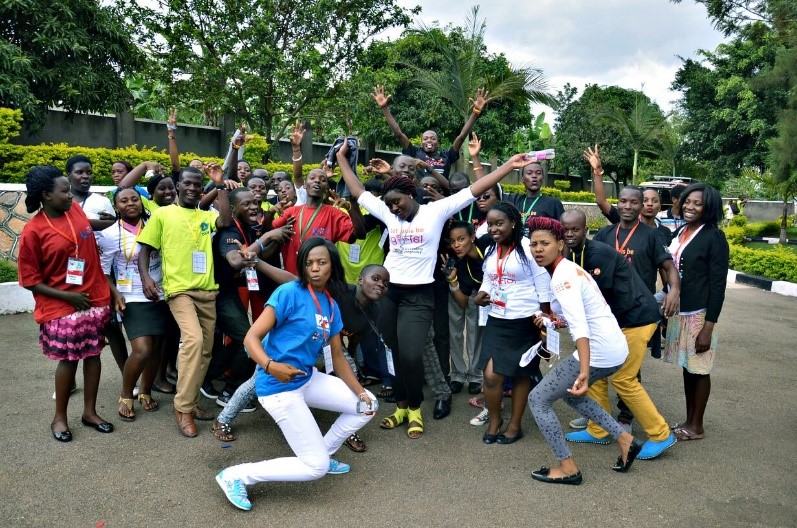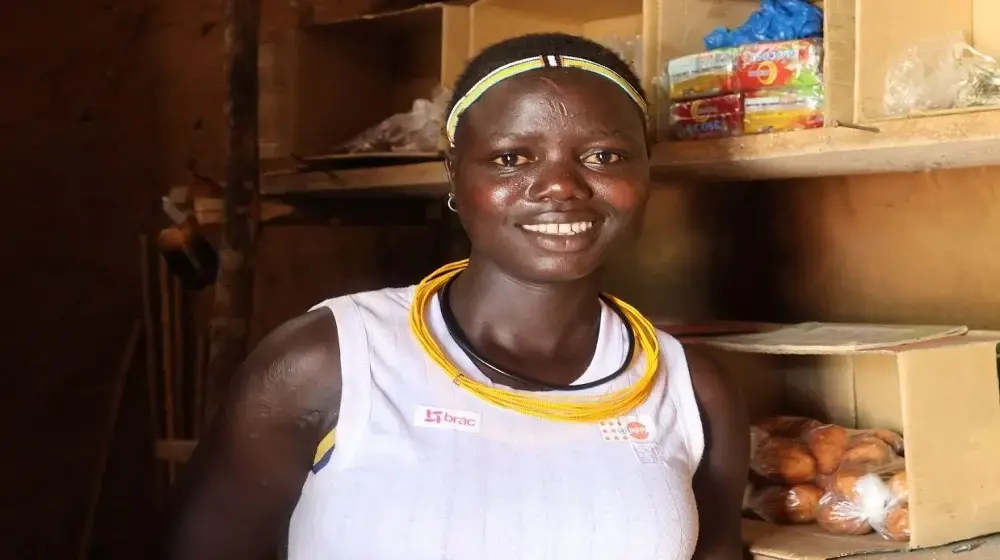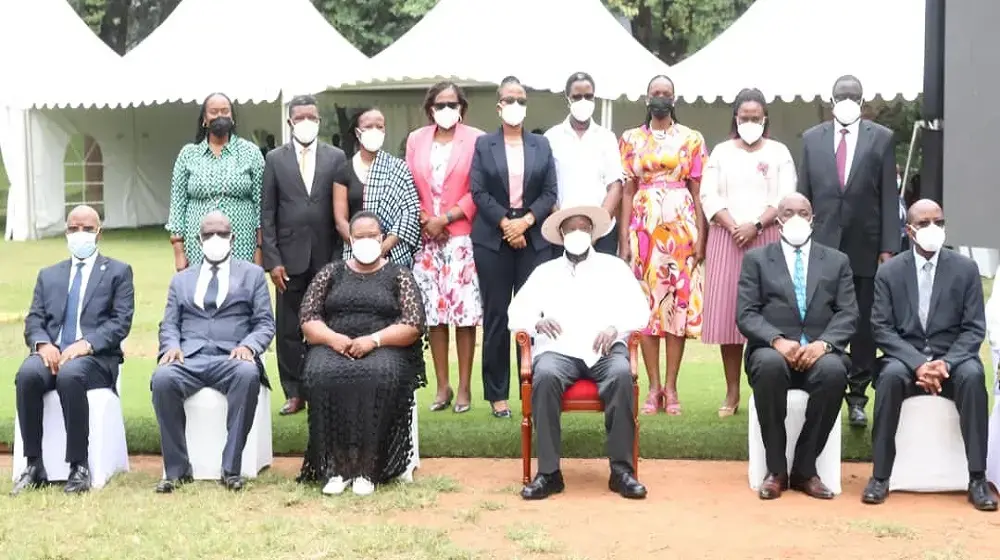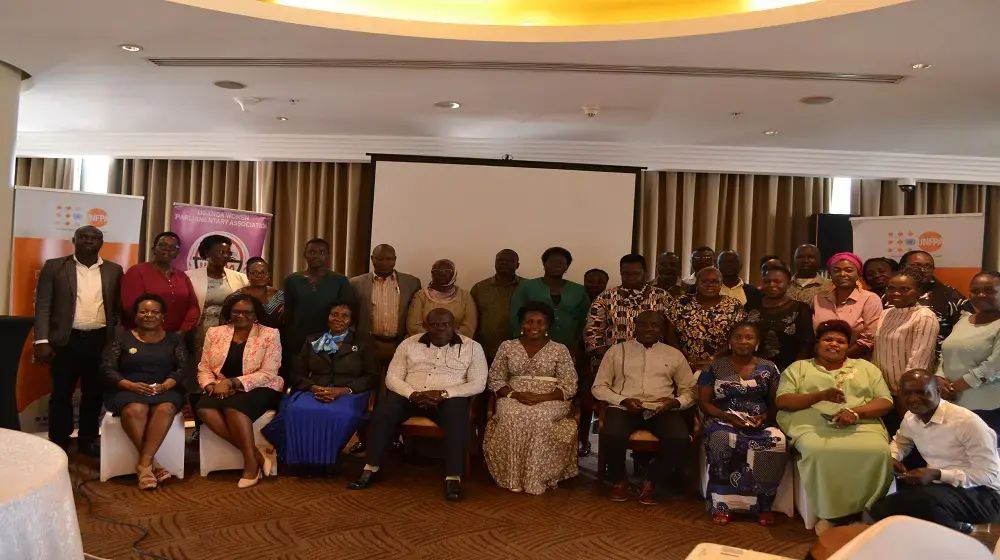“From the Millennium Development Goals to the Sustainable Development Goals.” That was the point of discussion as about 20 representatives from government agencies dealing with population issues from the East African region met to develop a strategic plan to improve reproductive health for the region’s citizens. The meeting, organised by the Partners for Population in Development Africa Regional Office brought together members of the East African Reproductive Health Network (EAHRN) to generate a common understanding of the reproductive health situation in Uganda, Kenya, Tanzania, Rwanda, Burundi, South Sudan and Ethiopia.
The UNFPA Uganda Country Representative Alain Sibenaler noted that partnerships are critical in advancing Sustainable Development Goals (SDGs), and that that real development starts with government stewardship and ownership in order to advance the SDGs.
He noted that moving forward, the East African region needs to prioritize the needs of its young people. “The biggest asset that all member states share is the potential of young people. Investment in their health, education and skills development, and ensuring that they enjoy and exercise their rights, can help break the cycle of intergeneration poverty and drive development,” Mr. Sibenaler said.
The State Minister for General Duties in the Health Ministry, Sarah Opendi noted that while Uganda has registered progress in reproductive health, education and women empowerment, a lot more needs to be done to improve indicators, in particular those on reproductive health.
“Our reproductive health and family planning services remain mainly urban-based yet the majority of our women are in rural areas, some of them quite remote with poor accessibility. We must do all we can to ensure that women do not die so needlessly,” she said.
The recently released Uganda Demographic and Health Survey (UDHS 2016), report shows that the proportion of women attended to by a skilled provider while giving birth has increased from 58 percent in 2011 to 74 percent in 2016. Similarly, the proportion of women giving birth in a health facility has increased from 57 percent in 2011 and now stands at 73 percent. Additionally, 39 percent cent of women are using a contraceptive method.
UNFPA supports the work of Partners for Population in Development Africa Regional Office and supported the creation of the East African Reproductive Health Network (EAHRN).
-Story by Martha Songa





